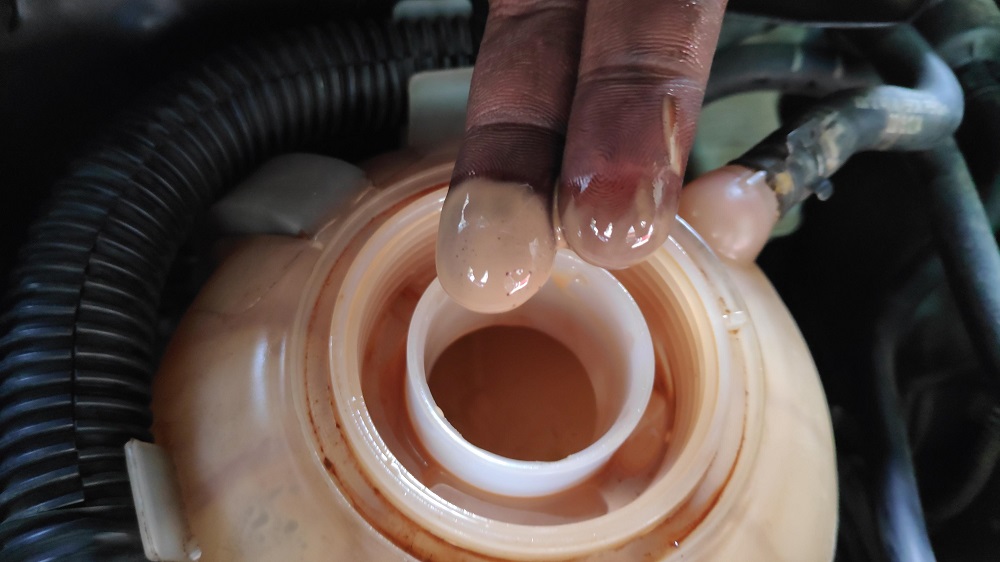

After the leak has been fixed and system flushed, a follow up oil sample analysis should be done to confirm there’s no further issues. In-lab testing can include FTIR, ICP Spectroscopy, and Gas Chromatography (GC) and more than one test may be necessary to confirm if a problem is occurring. Consider following up on any suspected coolant leaks found in field testing with laboratory testing to confirm the extent of the issue. Glycol coolant breaks down rapidly when the oil is in high heat situations or over time. While the blotter spot test is inexpensive and can visually verify the presence of glycol in oil, it is subjective and not quantitative.Ī major issue with field testing is that you can’t tell the actual amount of glycol in the oil at any given time. If you see a black sticky paste with a well-defined sharp outside ring, this is cause for serious concern. After an hour, if the oil drop absorbs outward and there are defined “soot rings” with a yellow/brown center, this indicates glycol is present in the oil. For this test, a sheet of blotter paper is placed on a flat surface and a few drops of oil are placed in the middle of the sheet. In-field testing, like the blotter spot test can be used as a quick check if you suspect a coolant leak. You can start with visual checks of oil and coolant fluid levels and appearance (e.g., looking for black mayonnaise or thickened oil). These acids corrode non-ferrous surfaces in the engine and form metal salts.Įarly detection of a coolant leak is critical.

Glycol breaks down in high temperature engine environments leading to glycolic acid formation.These can range in size from 5 to 40 microns and are abrasive – oil balls can erode surfaces such as the inside walls of cylinders.


Generally, if there’s a failure in one or more of your engine’s gaskets or seals, you’ll get coolant in your oil or vice versa.
#ENGINE COOLANT OIL CRACKED#
There are many ways glycol can leak into engine and other lubricating oils such as defective seals, blown head gaskets, cracked cylinder heads, or corrosion of cylinder liners. While glycol coolant contamination in diesel and natural gas engine oils is a common occurrence, that doesn’t mean it’s something to ignore.


 0 kommentar(er)
0 kommentar(er)
